Neck Hernia (cervical hernia nucleus pulposus)
A cervical herniated disc is a painful condition in which a nerve in the neck becomes compressed. This leads to radiating pain that may extend into the shoulder, arm, or even the hand. Below, we’ll explain the causes, symptoms, and available treatments for this condition.
What causes a cervical herniated disc?
In the cervical spine, the discs between your vertebrae can bulge or rupture — a condition known as a herniated disc. When this happens, the bulging disc may press on a nerve, which can cause pain in the neck, as well as radiating symptoms in one or both arms. The term "hernia" literally refers to a bulging or rupture.
Symptoms of a cervical herniated disc
When a nerve is compressed, symptoms may include:
- Sharp or burning pain in the neck or shoulder
- Radiating pain into the arm or hand
- Tingling, numbness, or a pins-and-needles feeling
- In severe cases, muscle weakness or loss of function in the arm or hand
- In rare cases, if the spinal cord is also compressed, you may experience leg weakness or difficulty walking
How is a cervical hernia diagnosed?
A cervical herniated disc is usually diagnosed using:
- MRI scan: provides a clear image of soft tissues and reveals disc protrusions
- CT scan: helpful for evaluating bone structures
- X-ray: while it doesn't show herniated discs directly, it helps assess spinal alignment and possible disc degeneration
Treatment options for a cervical herniated disc
In most cases (70–80%), a neck hernia improves over time without surgery. Treatment usually starts conservatively with:
- Rest
- Pain medication
- Physical therapy
If symptoms persist or worsen, surgery may be considered. There are two types of surgical indications:
- Absolute indication: rapid or severe neurological deficits due to nerve compression
- Relative indication: when pain becomes so intense that daily functioning is no longer possible
This decision is made together with a neurologist or spine specialist. Surgery is typically considered after about six weeks if conservative treatment fails.
After surgery — or even during conservative treatment — wearing a neck brace can provide support and relieve pressure on the affected area. At Podobrace, we offer various neck braces designed to support and stabilize the cervical spine during recovery.
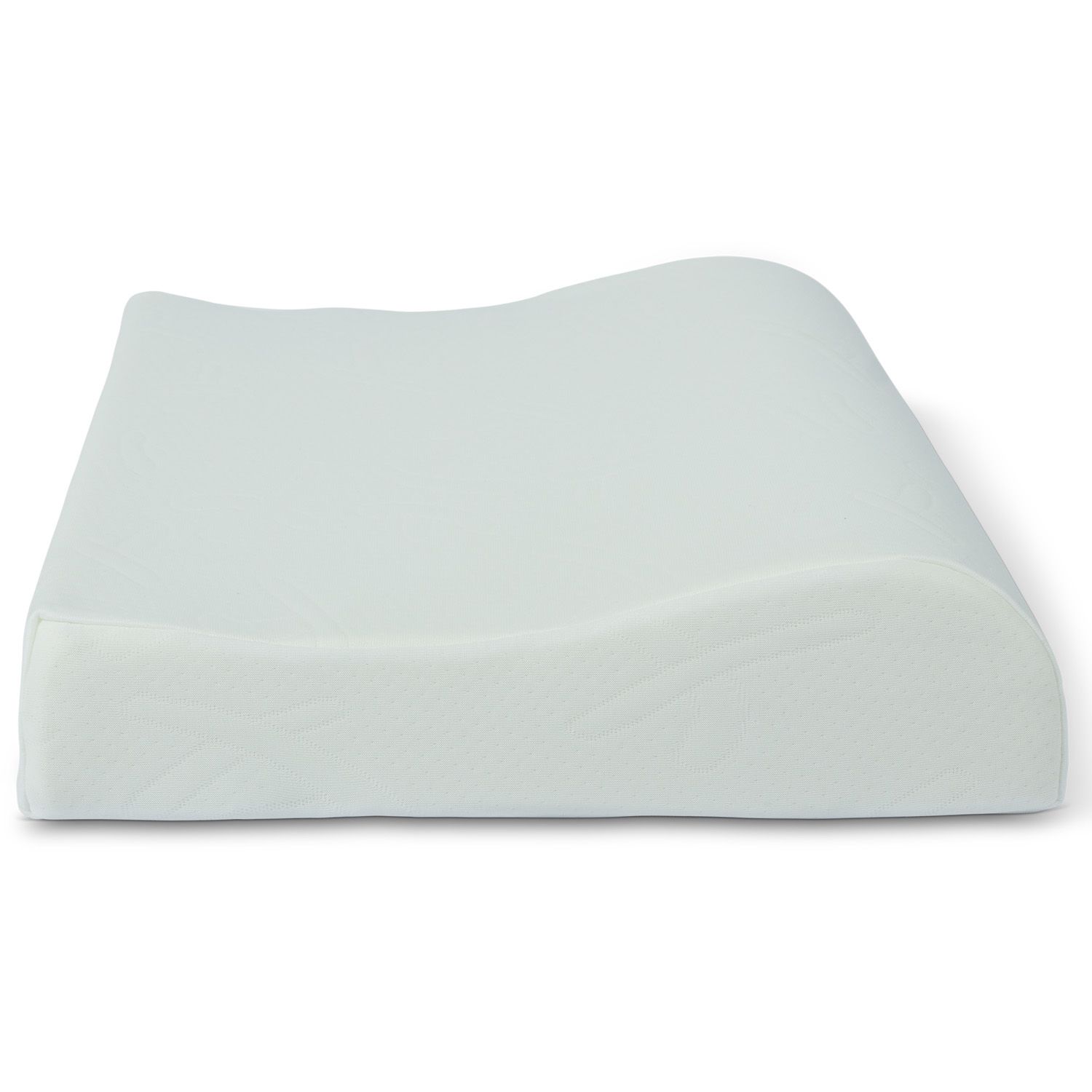
Novamed Pillow
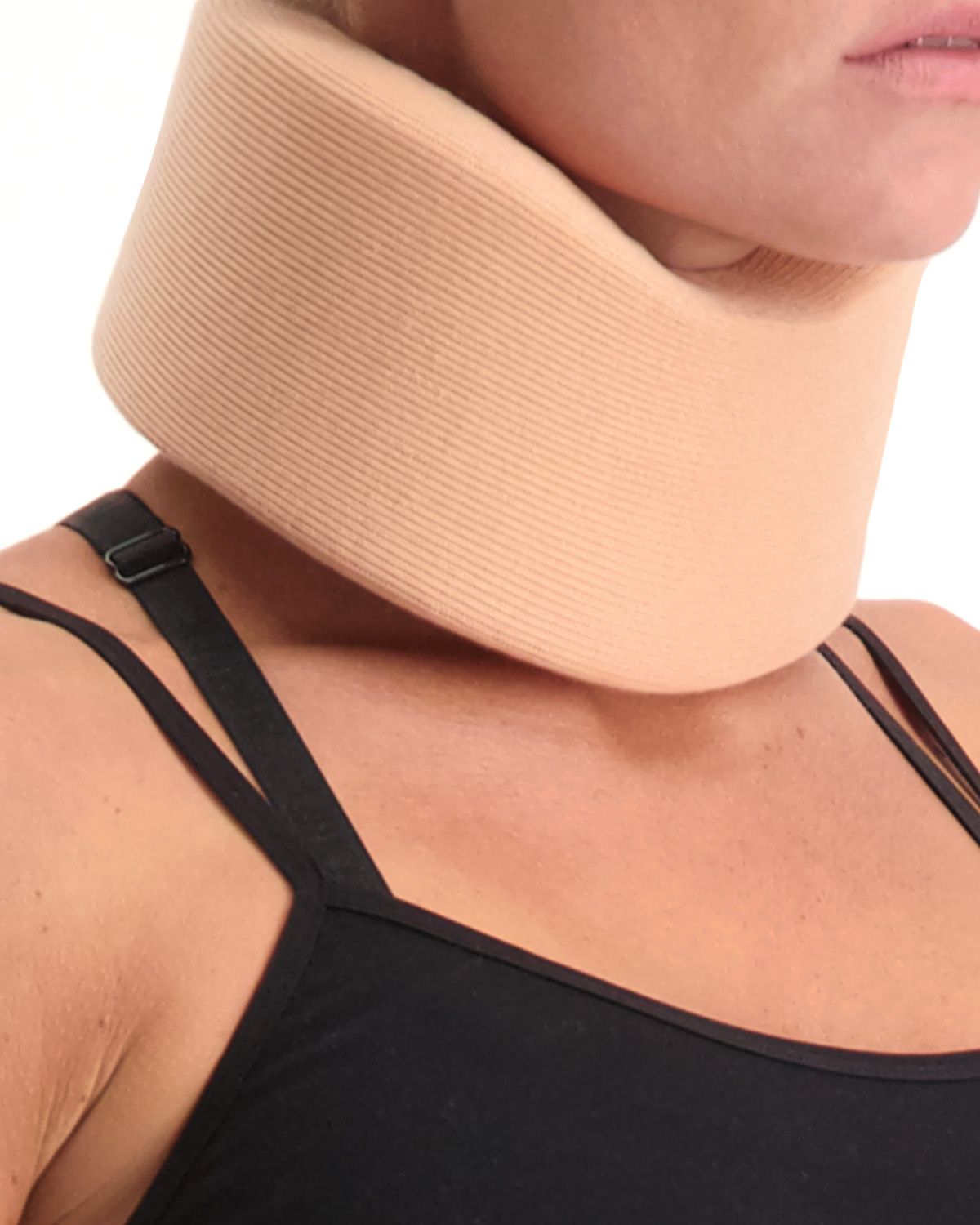
SO Cervical Collar - Neck Brace
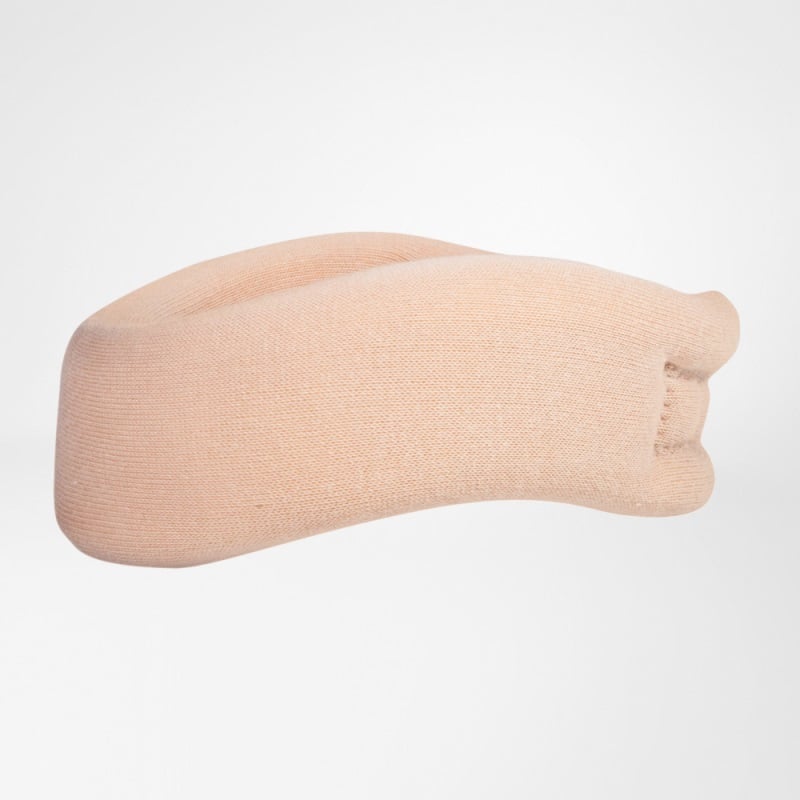
Bauerfeind CerviLoc Neck Brace
Protection level 3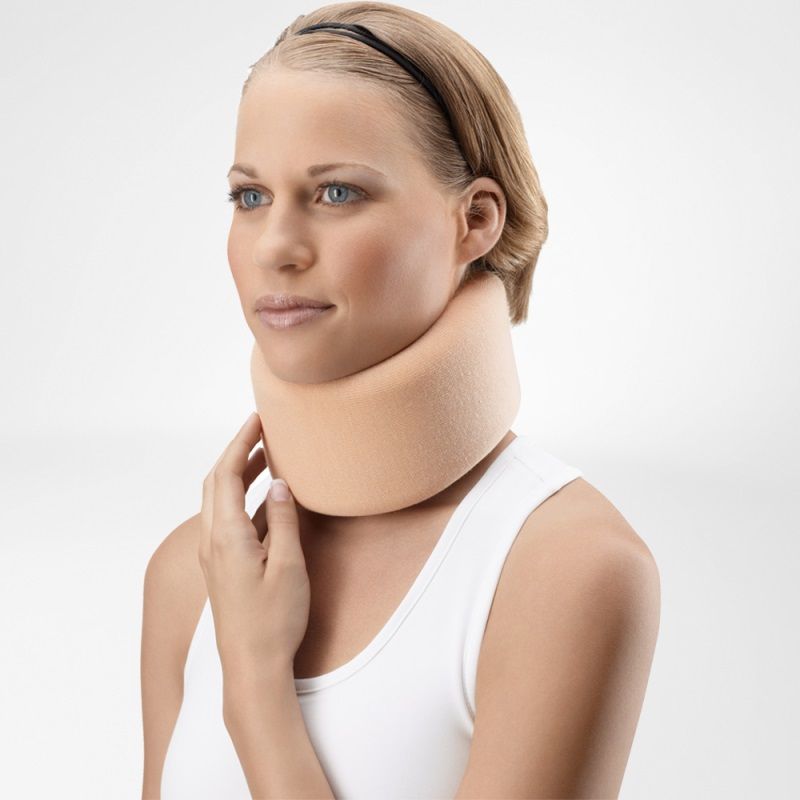
Bauerfeind CerviLoc S Neck Brace
Protection level 3
Morsa Kids Neck Brace / Cervical Collar
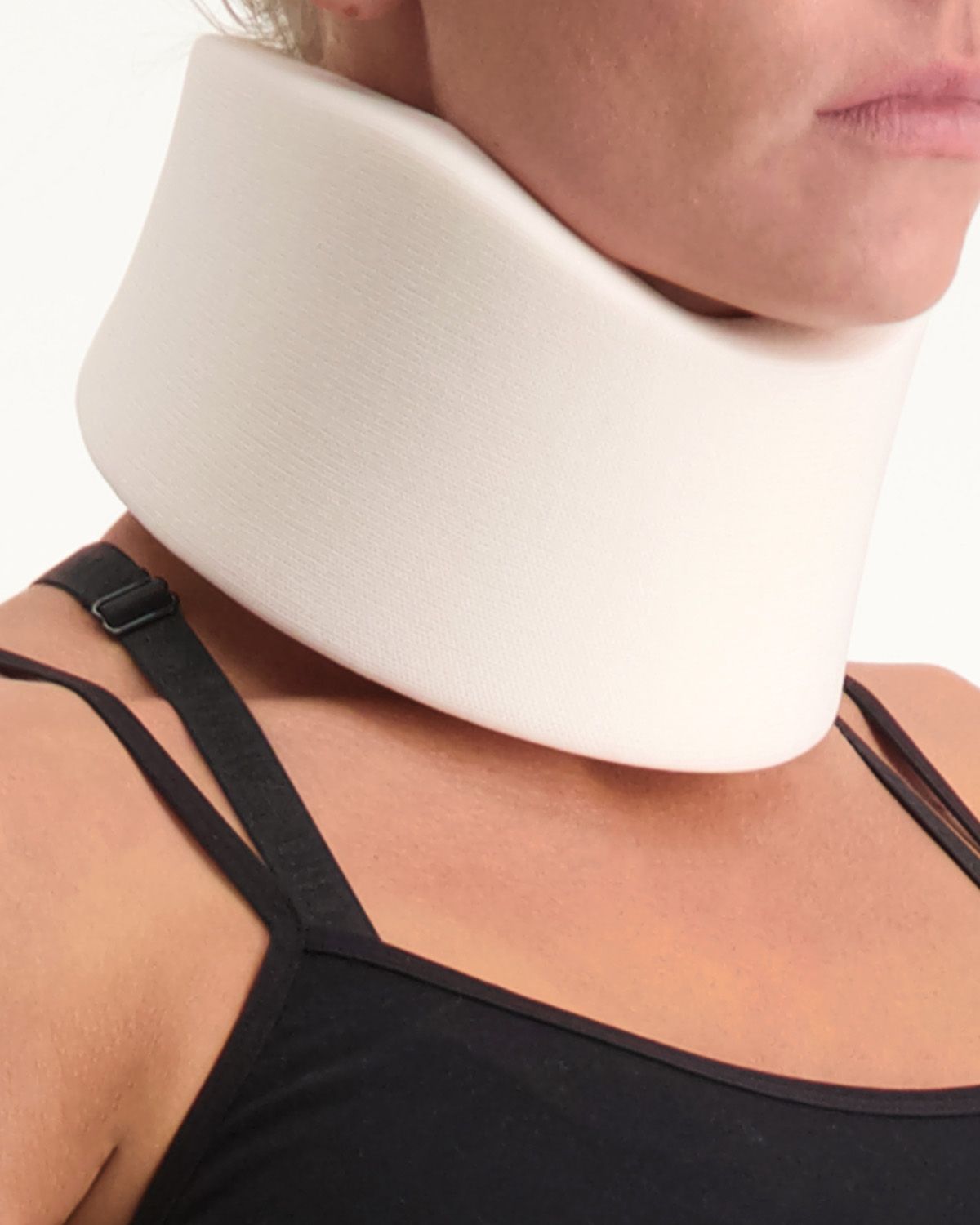
Dunimed Neck Brace

- Physiotherapist
- Sports podiatrist
- Manual therapist
- Podopostural therapist
- Myofascial dry needling specialist


